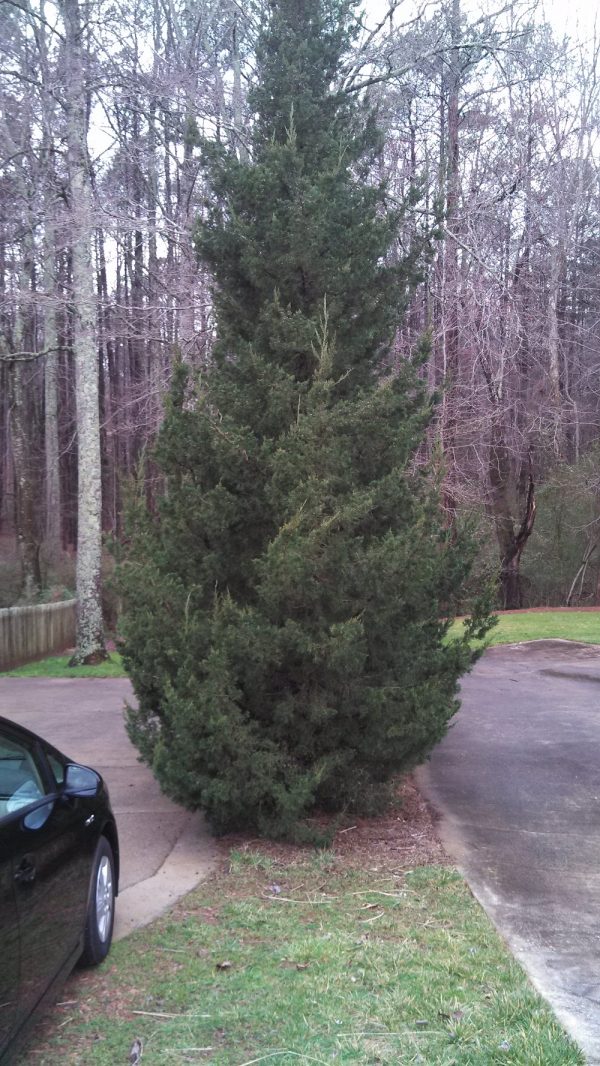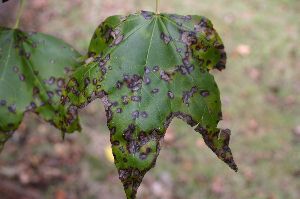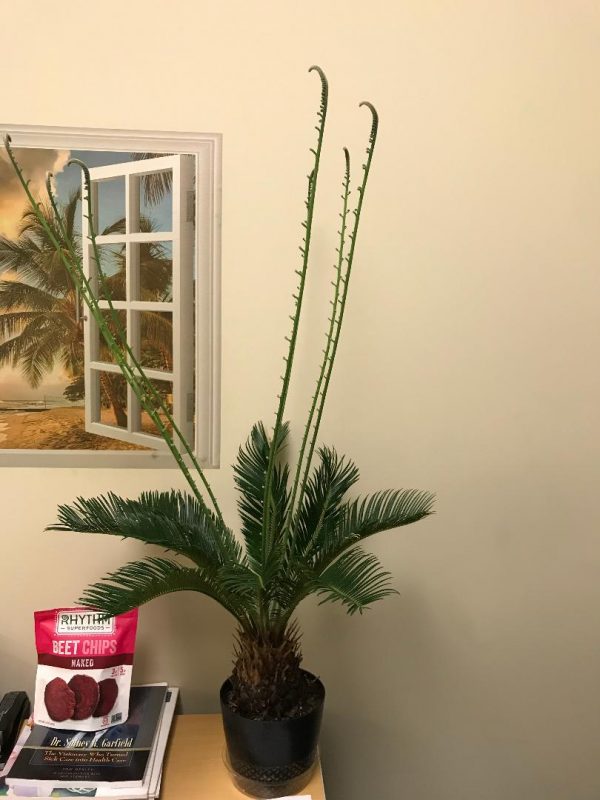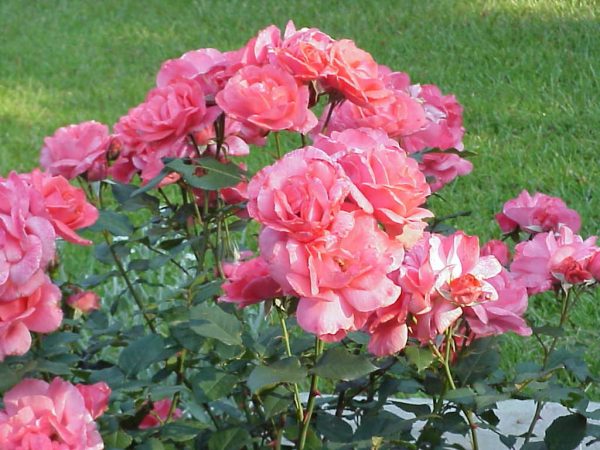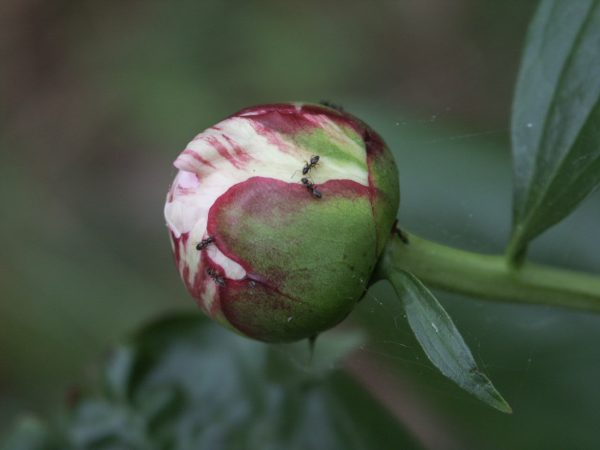Peach
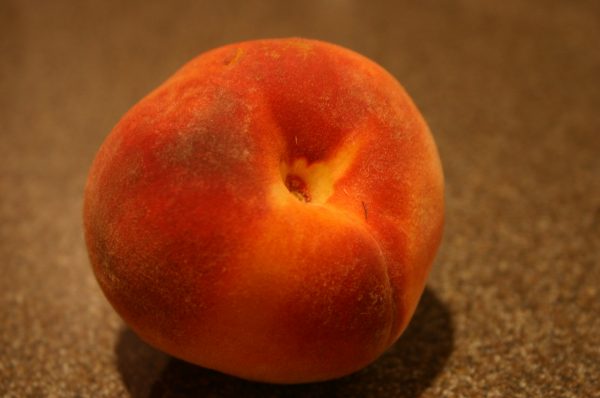
Prunus persica
Peach trees are challenging to grow in the Southeast, even though Georgia is known as the Peach State and the Carolina’s produce huge numbers of the fruits each year. They are susceptible to several damaging disease and insect pests.
• More detailed information can be found in The Georgia Fruit & Vegetable Book by Walter Reeves and Felder Rushing
• See also Home Garden Peaches
The flowers buds are killed outright by winter temperatures of minus 10 degrees Fahrenheit. They are also easily killed by late-season frost. In addition, Peaches must have a minimum number of “chill hours” each winter so mild winters can cause crop failure. Yet gardeners continue to defy the odds and grow peaches because the results are so gratifying. Some even grow them in tubs that can be moved into a protected area for the winter. Many Southerners agree that there is nothing like a juicy, ripe Peach on a warm summer day.
WHEN TO PLANT
Always plant Peach trees in the spring after any danger of severe cold weather has passed.
WHERE TO PLANT
To choose a site, be sure to take into account the full-grown size of the trees. Peaches on dwarfing rootstock will spread 12 to 15 feet; standard trees will be twice that size. Peach trees prefer well-drained soil in full sun (8 to 10 hours is enough) in an area that has protection from winter winds. The trees themselves are hardy but the flower buds are not. If the garden is on a slope, plant the Peach trees on the side of the hill (so they are protected from wind) but not at the bottom where cold air will settle.
HOW TO PLANT
Standard Peach trees or Peaches grafted onto the Lovell or Nemaguard rootstock are recommended for backyard orchards. Peaches are generally available as bare-root, 2-year-old whips. As soon as you receive the trees, plunge the roots in a bucket of water for a couple of hours to re-hydrate them and keep them from drying out. If planting is to be delayed, heel-in the trees (See Fruit Introduction) until you can plant them. Peaches are self-fruitful (not needing another variety for pollination). The number you choose to plant depends on your available space, your love of Peaches and the amount of management you can accomplish.
To plant a Peach tree, dig a hole twice as wide as the spread of the roots and deep enough that the plant will be at the same depth it grew in the nursery. Trim off excessively long and damaged roots, then spread the roots out in the bottom of the hole. Supporting the tree, backfill the hole with soil and firm the soil with your shoe. When the hole is half filled with soil, fill it with water. After the water has drained out, replace the remaining soil and fill with water again.
In severe climates, Peaches can be grown in containers such as half wine barrels. Make sure there are holes in the bottom for drainage. Use a high-quality, well-drained commercial potting soil mix and fill the container so the plant is set at the same depth it was growing in the nursery. Fill and firm with soil to 2 or 3 inches from the rim. Soak it thoroughly to remove air pockets.
CARE AND MAINTENANCE
Pruning is essential to Peach trees and the open center system is recommended. Prune Peach trees in the spring, keeping the trees low and thinning them out well. As the trees age, they will need heavier and heavier pruning. Thinning the fruit is also necessary to produce a good crop each year.
Fertilize young trees in April with one cup of 10-10-10 fertilizer scattered over an area three feet in diameter. Repeat with an additional half cup in early June and again in early August.
Beginning the second year, fertilize the trees twice a year; in early March and around the first of August. Use these rules: March application – apply one cup of 10-10-10 fertilizer per year of tree age to a maximum of 10 cups for mature trees. August application – apply one cup of 10-10-10 per year of tree age to a maximum of four cups for mature trees.
Move containerized Peaches to a protected location where temperatures can be kept below 40 degrees but above 10 degrees Fahrenheit for the winter. Move them back outdoors in spring when danger of severe cold has passed.
PESTS
Peaches can be attacked by insects such as Japanese beetles, stink bugs and aphids. Diseases such as leaf curl, scab and brown rot can disfigure or ruin fruit. Your local Extension office can provide you with a spray schedule for specific pests and diseases.
Fruit – 2020 Homeowner Spray Guide
ADDITIONAL INFORMATION
Harvest the fruit when it is ripe or a few days earlier. Peaches continue to ripen after harvest. The taste test is the best means of determining ripeness. After a few seasons, experience will tell you when fruit is just about ripe. Peach varieties recommended for zones 7b and warmer may ripen as early as late April. Those that thrive in colder zones may not be ripe until mid-July.
VARIETIES – PEACH
Variety
Hardiness Zone
Comments
Junegold
8a – 8b
Yellow flesh, Cling stone
Flordaking
8a – 8b
Yellow flesh, Cling stone
Surecrop
7a – 7b
Yellow flesh, Semi-free stone
Juneprince
8a – 8b
Yellow flesh, Semi-free stone
Gala
7b – 8a
Yellow flesh, Semi-free stone
Redhaven
6a – 7b
Yellow flesh, Semi-free stone
Reliance
6a – 7a
Yellow flesh, Free stone
Suwanee
8a – 8b
Yellow flesh, Free stone
Nectar
7a – 7b
White flesh, Free stone
Harvester
7b – 8a
Yellow flesh, Free stone
Redglobe
7a – 8a
Yellow flesh, Free stone
Georgia Belle
7a – 7b
White flesh, Free stone
Cresthaven
7a – 7b
Yellow flesh, Free stone
Madison
6a – 7a
Yellow flesh, Free stone
Redskin
7a – 8b
Yellow flesh, Free stone
Jefferson
7a – 7b
Yellow flesh, Free stone
Belle of Georgia
6a – 7b
White flesh, Free stone



